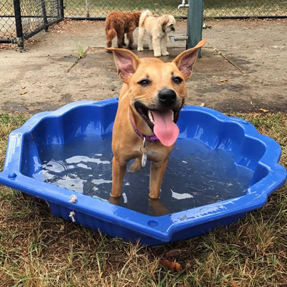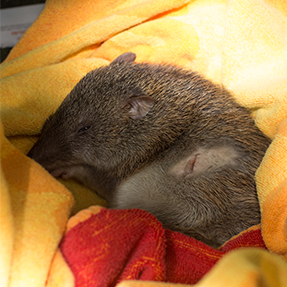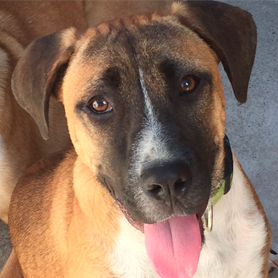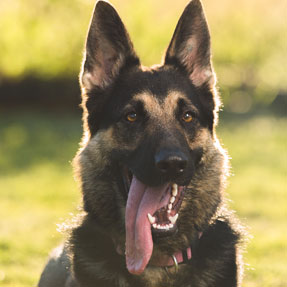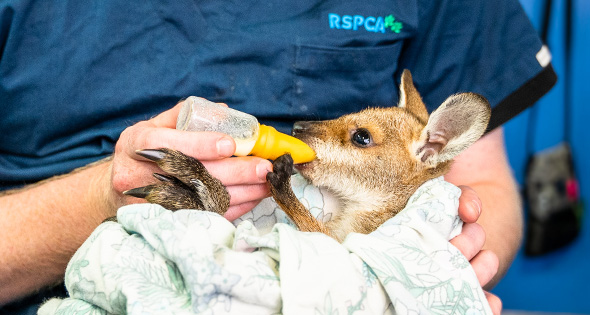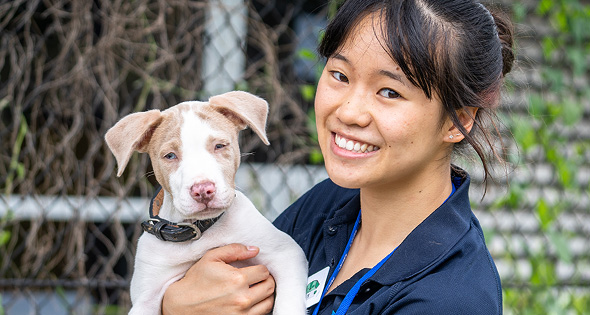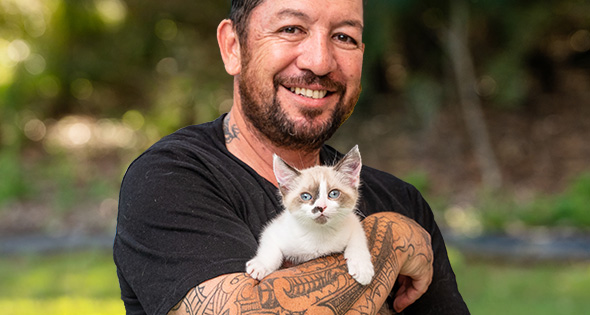Thousands of dogs are injured each year in Queensland while travelling in the back of utes. Your mate could be hung, hit, hurt or over-heat on the back of a ute. Give your best mate a safe ride and consider the safest way to travel with your pet.
Choking & Hanging Dangers: Dogs restrained with loose ropes, ties, or long leads can accidentally hang themselves over the side of the tray. Leads with attached choker chains can strangle dogs when vehicles brake suddenly, causing neck and throat injuries even death.
Exposed to the Elements: Extreme heat and sun beating down and reflecting back up off the tray can lead to heatstroke and even death. Ute trays can also get very hot in the sun and dogs can burn their footpads. Pouring rain, hail, windstorms and flying dirt or debris can frighten and injure your pet.
Fall from Tray: Dogs could fall or be thrown out, sustaining serious injuries or death from the fall or from following vehicles accidentally striking or running over the pet. Dog owners are legally required to make sure their dog is safe, secure and comfortable while in transit. Under the Transport Operations (Road Use Management - Road Rules) Regulation 1999, it is illegal to travel with an unsecured load on the back of a vehicle. An unrestrained dog can be considered 'an unsecured load'. Fines up to $1500 for failure to comply can be issued. The Animal Care and Protection Act 2001 requires pet owners to ensure their dog's safety and wellbeing at all times, with fines of up to $22,500 or jailed for a year for a breach of duty of care.
Animal Welfare Alternatives
RSPCA advises that you appropriately restrain your dog when in transit.
- Consider purchasing a safety-belt restraint so that you can drive with your dog in the cabin of your ute where they are safer, especially in the case of an accident.
- The safest way to transport a dog in the back of an open vehicle is by using an enclosed dog crate securely attached to the vehicle. Make sure the enclosure is the right size to prevent cramping and overcrowding; well covered, to provide shelter from sun, wind and rain; and placed behind the cabin, to minimise exposure to dust and wind.
- Ensure your dog’s restraint is long enough to allow them to stand and lie down, but not so long that your dog could jump or fall over the edge of the moving vehicle. Use swivels to attach the restraint to both the vehicle and the dog’s collar to prevent the chain from tangling.
- Do not drive with your dog in the tray of the ute if they are going to be exposed to extreme weather conditions, dusty roads. Ute trays can get very hot in the sun and dogs can burn their footpads, in hot conditions, consider covering the metal floors and take precautions to protect your pet.
- Provide shelter, dogs left in the sun for long periods can suffer heat stress. Dust particles can harm a dog's eyes, ears, nose and lungs. Provide extra shelter when travelling in very dusty conditions.
- Remember to rehydrate – the sun and wind can dehydrate your dog. Plan for frequent water stops to give your dog water during long journeys and in hot conditions.
- Secure loose equipment in the ute tray, loose objects can become missiles in transit and may injure your dog.

